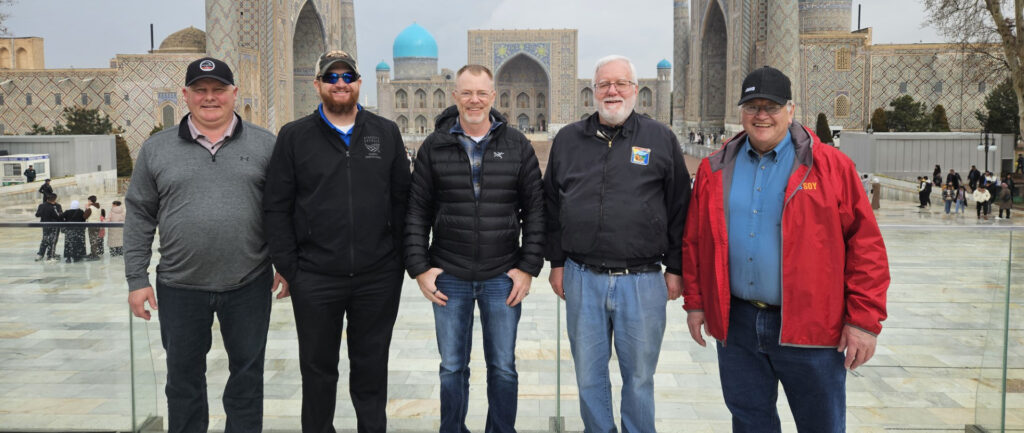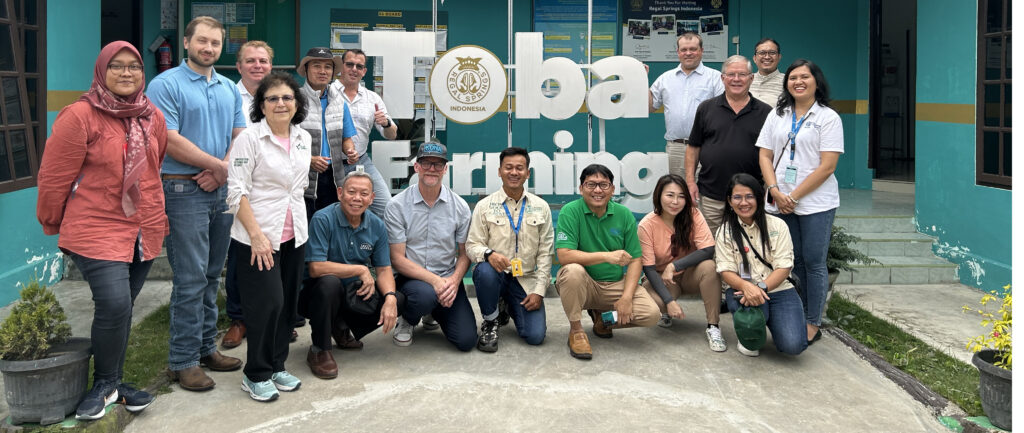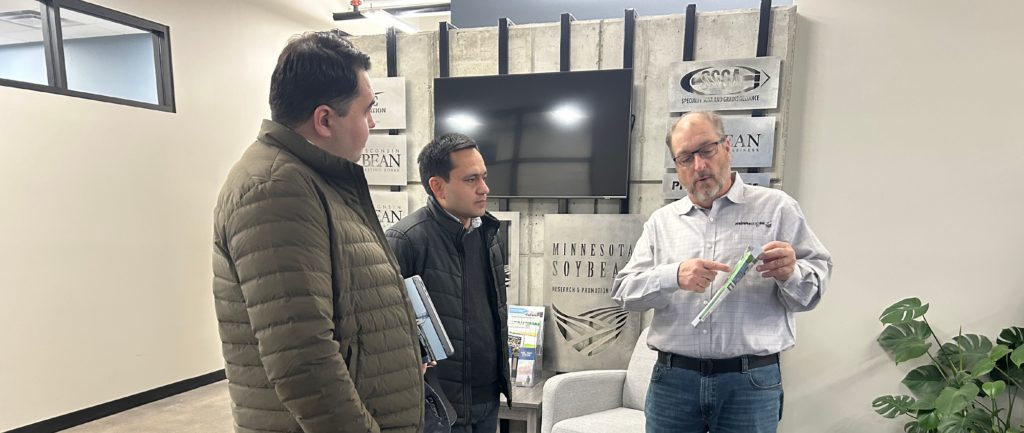Months of planning and coordination came together this week as the 2020 Global Trade Exchange & Specialty Grains Conference (GTE) kicked off on a virtual platform.
More than 1,000 international buyers and sellers from more than 50 countries were expected to participate in the GTE, which ran Aug. 24-27. The event was co-hosted by the U.S. Soybean Export Council and the Specialty Soya and Grains Alliance.
The Minnesota Soybean Research & Promotion Council (MSR&PC) was a session sponsor and trade show exhibitor.
“Like you, of course, we wish we were gathering in person – shaking hands, visiting with old friends, making new ones, learning and doing business together – and the hope is we’ll be able to do that again next year,” Specialty Soy and Grains Executive Director Eric Wenberg said in his comments to close Tuesday’s general session. “But this week, we’ve been able to do the next best thing thanks to all of the hard work of so many people … who put in so much time, care and effort to pull this off in spite of the many challenges.”
The GTE started with style on Monday evening and Tuesday morning (U.S. times) with live performances by the band uRequest Live, which rocked song suggestions from attendees located throughout the world.
The event then began in earnest on Tuesday with a welcome from USSEC CEO Jim Sutter and remarks from Ted McKinney, USDA Under-Secretary of Agriculture for Trade and Foreign Agriculture Affairs. McKinney, speaking from a farm in Indiana, talked about the U.S. Soy “advantage”: exceptional composition, consistent supply, sustainability and innovation “beyond the bushel.”
“This event is critical to bringing together everyone in the soy industry and show them the continuously-improving high-quality soybeans we produce,” said Kim Nill, director of market develop with MSR&PC. “Despite the COVID-19 pandemic, export sales to many of these countries continue to climb. Being able to connect with these buyers is the best way to maintain those relationships.”
MSR&PC sponsored Thursday’s session, “Market Outlook and Strategies to Position,” featuring Emily French of ConsiliAgra, with District 4 Council director Patrick O’Leary giving the introduction. In total, the event featured 34 virtual booth exhibits. Sessions throughout the week included special guests from throughout the U.S. Soy and specialty grains industries covering a wide range of topics, including:
• The liquidity surge’s impact on supply, demand and global markets
• U.S. Soy sustainability
• Increasing profits with U.S. Soy protein
• Traceability in the container and identity-preserved (IP) system
• Refining advantages of U.S. soy oil
Virtual field tours provided attendees with a chance to see videos of farms, logistics and examples of sustainability from all over the United States. In previous years, farm tours have been some of the most-popular in-person activities at the GTE. For this year’s virtual experience, Minnesota, North Dakota and South Dakota joined forces for a Northern Soy Marketing video.
“We need to continue sharing the message on how soybeans shipped off the Pacific Northwest (PNW) have a unique make-up because of the essential amino acid (EAA) component and low foreign material levels,” said O’Leary, who chairs the MSR&PC Promotion Action Team and is secretary/treasurer of Northern Soy Marketing (NSM). “The outlook for the industry is strong, but we need to position ourselves right to maintain growth and price increases.”
The Virtual GTE wrapped up with Thursday’s presentation by Paralympic hopeful and farmer/rancher Kevan Hueftle, who told his inspirational story about overcoming adversity to compete as a sprinter on the international stage.
“Farming has been hard the last few years. With low prices, weather issues and more, farmers have continued to be resilient in their efforts year after year,” O’Leary said. “These buyers provided me a sense of hope as they understand the quality of the soybeans we produce and will continue to buy U.S. soy for years to come.”







